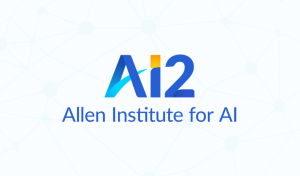To ensure the security of sensitive data in a rapidly evolving landscape of AI and data-driven innovation, organizations should consider implementing the following practices:
1. Strict Access Controls: Organizations should implement robust access controls to limit data access to authorized personnel only. This includes using strong authentication mechanisms and regularly reviewing and revoking access privileges as needed.
2. Regular Auditing: Regularly auditing data storage systems can help identify any vulnerabilities or misconfigurations that could potentially expose sensitive data. Conducting frequent security assessments and penetration testing can be valuable in identifying and rectifying potential weaknesses.
3. Secure Coding Practices: Following best practices for secure coding, such as input validation and proper error handling, can help prevent common vulnerabilities that could be exploited to gain unauthorized access to sensitive data. Training developers on secure coding practices and conducting code reviews can further enhance security.
4. Encryption: Utilizing encryption techniques, such as end-to-end encryption and encryption at rest, can provide an additional layer of protection for sensitive data. Organizations should consider implementing strong encryption algorithms and properly managing encryption keys to ensure the confidentiality and integrity of their data.
5. Incident Response Plan: It is important for organizations to have a well-defined incident response plan in place to effectively handle and mitigate any potential data breaches or security incidents. This includes establishing clear roles and responsibilities, conducting regular drills and simulations, and keeping incident response procedures up to date.
6. Employee Training and Awareness: Educating employees about data security best practices and raising awareness about the potential risks associated with AI development is crucial. Regular training sessions and workshops can help employees understand their role in safeguarding sensitive data and prevent accidental exposure.
7. Third-Party Risk Management: Organizations should carefully evaluate the security practices of third-party vendors and partners who have access to their sensitive data. Implementing robust vendor risk management processes and conducting due diligence assessments can help mitigate the risks associated with third-party access.
8. Continuous Monitoring and Threat Intelligence: Implementing robust monitoring systems and utilizing threat intelligence tools can help organizations detect and respond to potential security threats in real-time. Continuous monitoring of data storage systems and networks can help identify any unusual activities or unauthorized access attempts.
By implementing these practices, organizations can enhance the security of sensitive data in AI development and mitigate the risks associated with accidental data exposure incidents. It is essential for organizations to prioritize data security and privacy in their AI initiatives to maintain trust and protect the interests of their customers and stakeholders.
























